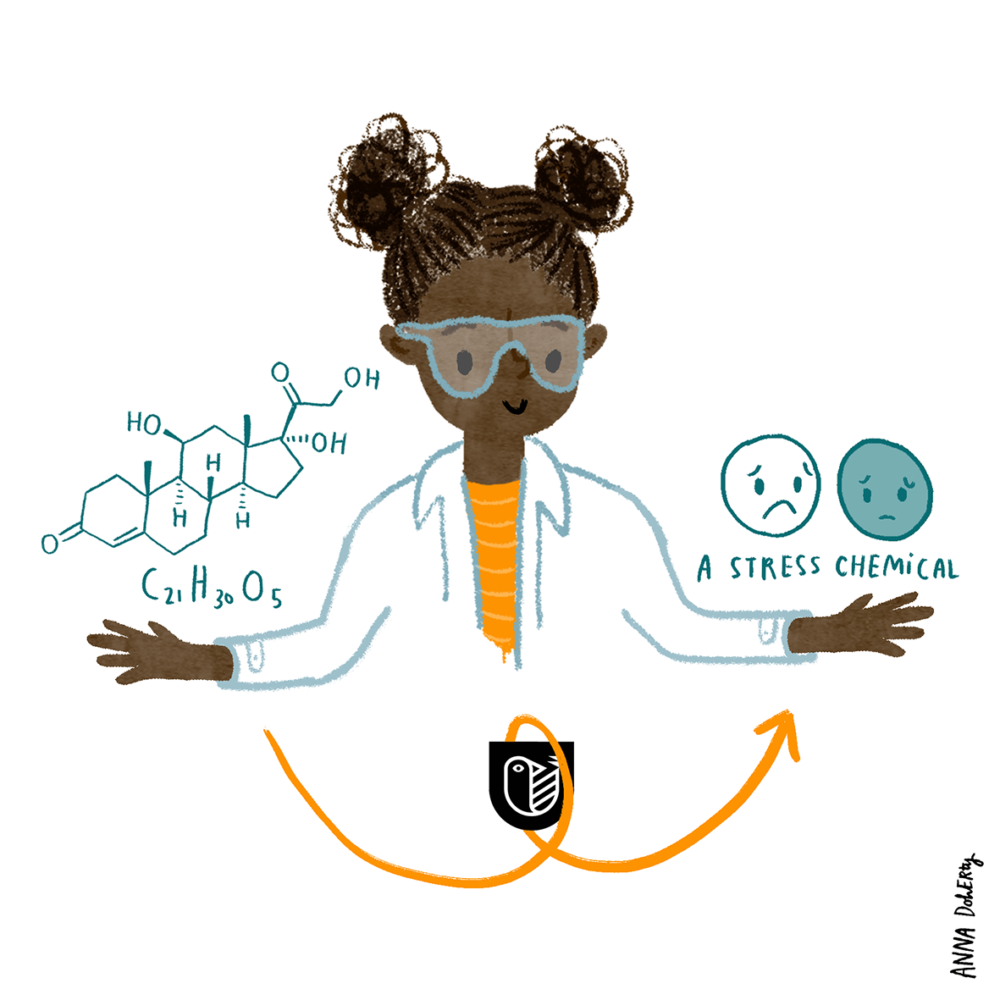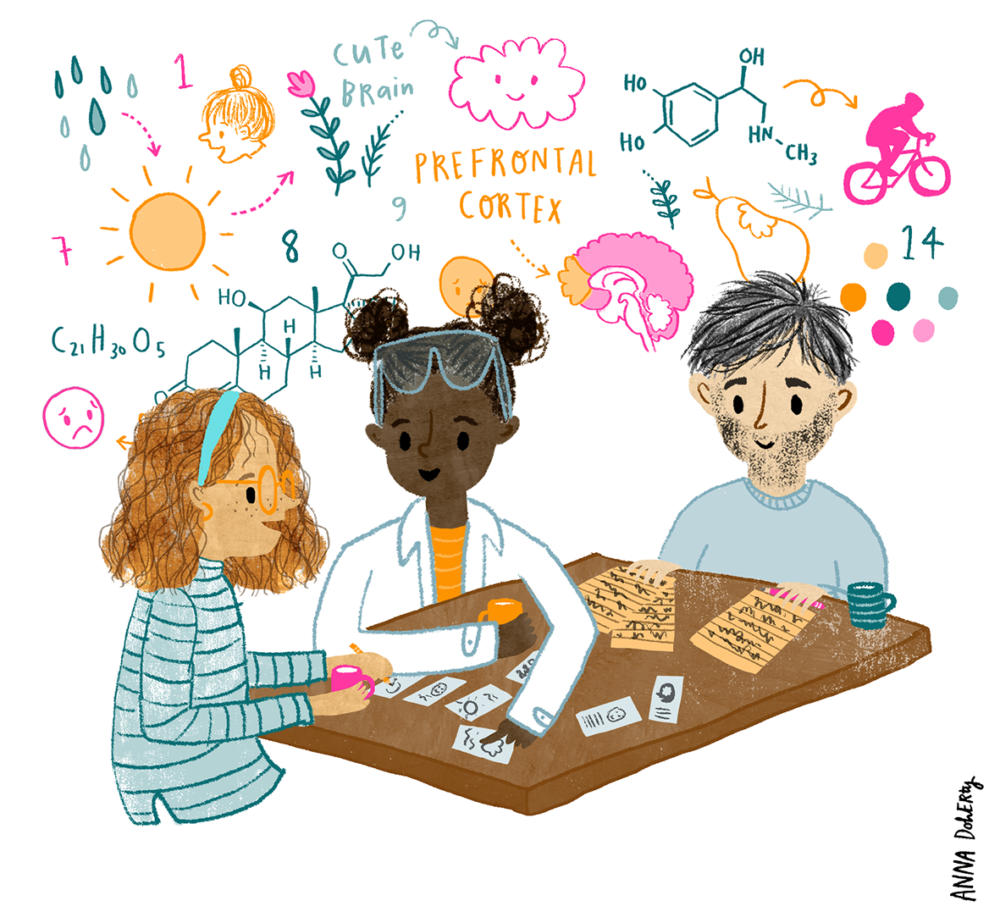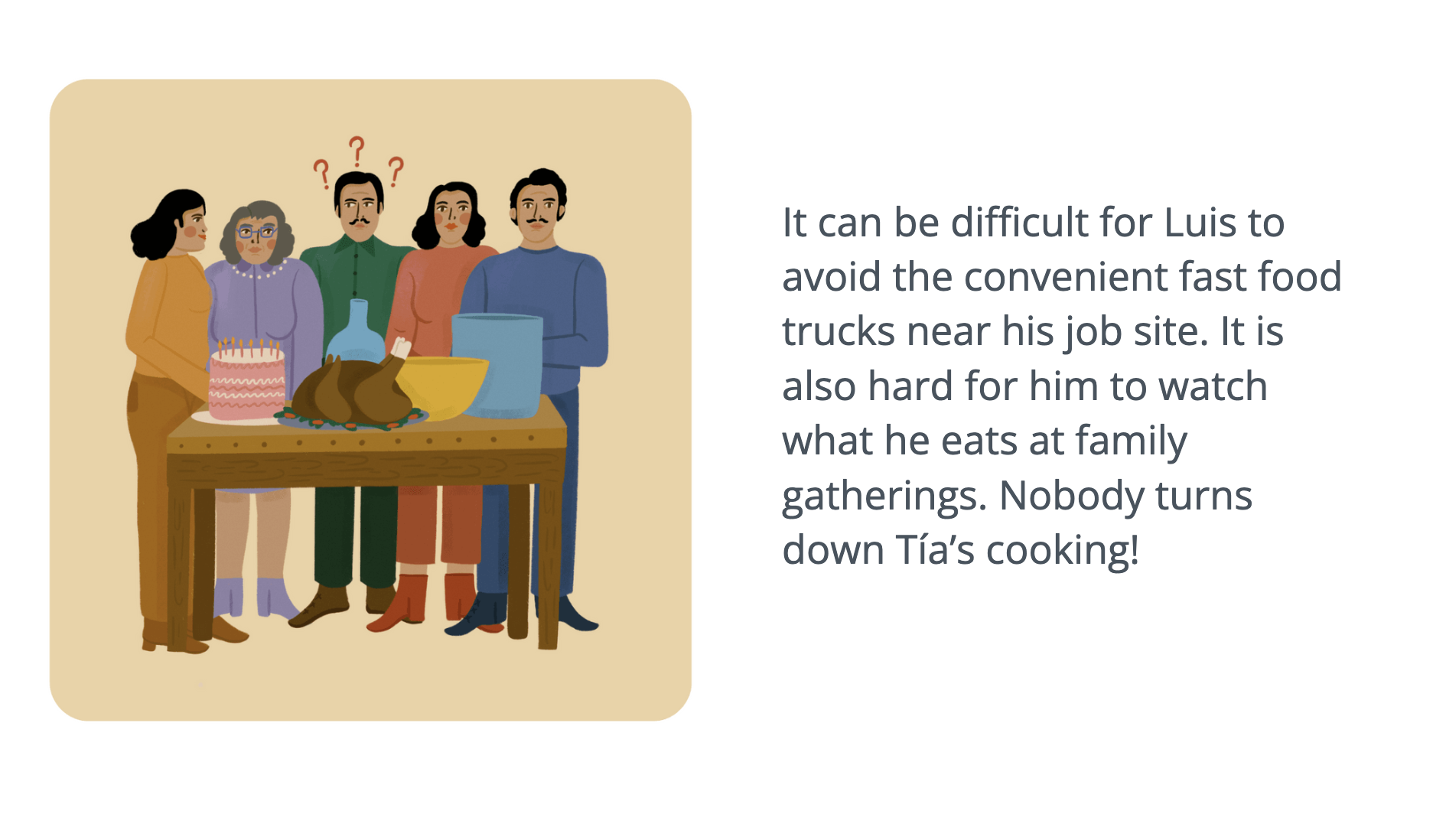Broad audiences are interested in learning more about science and health topics, but struggle to access scientific information, understand it, find it approachable and relatable.
Art and narrative help make information more understandable, approachable and relatable for all audiences, whether they are scientists in other fields, policy-makers, broader publics or kids. Visual science stories can help people apply scientific information in their lives.

Unfortunately, scientists today have little training in how to bring art and narrative to their messages, and little time to learn how. That is why they should work with creative teams including artists and science storytellers to create high-impact science communication products.
We created the Lifeology platform to help scientists, artists, storytellers and audiences to work together to communicate science, especially in the form of Lifeology courses that deliver bite-size, jargon-free scientific information as illustrated, interactive “flashcards”. But the most important feature of the Lifeology platform, and what makes Lifeology courses shine, isn’t necessarily its interactive user interface, focus on visuals or shareability. It’s the platform’s built-in collaborative process that brings together scientists and creative experts.
Each Lifeology course is a collaboration – coordinated by the Lifeology team – between one or many experts, a writer and an artist, who are each allowed creative expression to help produce a more approachable, enjoyable, relatable and ultimately impactful piece of science communication.

A Collaborative Course Creation Process
1. It Starts with Science
It Starts with Science
An expert has a research paper or scientific information they would like to communicate more broadly.
2. A Creative Team is Built
A Creative Team is Built
The Lifeology team helps assign the perfect writer and artist to the course, with the expert’s input. The team can also include audience reviewers, especially when it comes to health and patient education.
3. A Narrative Emerges
A Narrative Emerges
The expert and the writer together define course objectives, target audience and an overarching story-arc. Then the writer helps transform the factual information into a short story that fits a flashcard format.
4. Visual Storyboarding
Visual Storyboarding
The artist creates a “storyboard” with input from the expert and the writer. The storyboard includes visual ideas and rough sketches for each card to help communicate the science and tell the story.
5. Illustration
Illustration
The artist completes final illustrations for all of the cards in the course, with feedback along the way. The story now has visual impact and meaning!
6. Review, Revision, Impact
Review, Revision, Impact
The course written content gets reviewed and fact-checked before illustration. After a final review, the course gets published and shared with its audiences!
This collaborative course creation process gives just the right amount of creative freedom to everyone involved. Through such diverse creativity, scientific findings and technical information and messages can be transformed into story-driven content that can engage all people and truly impact their lives.
The results speak for themselves. In user interviews and research surveys of now over 2,000 people, I’ve seen Lifeology courses again and again increase people’s knowledge of and curiosity about science and health topics, make them think more deeply about how the science relates to their lives, and even influence their behavioral intentions. People consistently and overwhelming rate the courses as extremely easy to understand, regardless of their level of formal education, and easy and fun to use.
This kind of impact is what happens when scientist and other experts are open to creative ways of communicating their work, and team up with experts in creative fields to make it happen.
Interested in creating a Lifeology course? Reach out to us at Lifeology@lifeomic.com.





